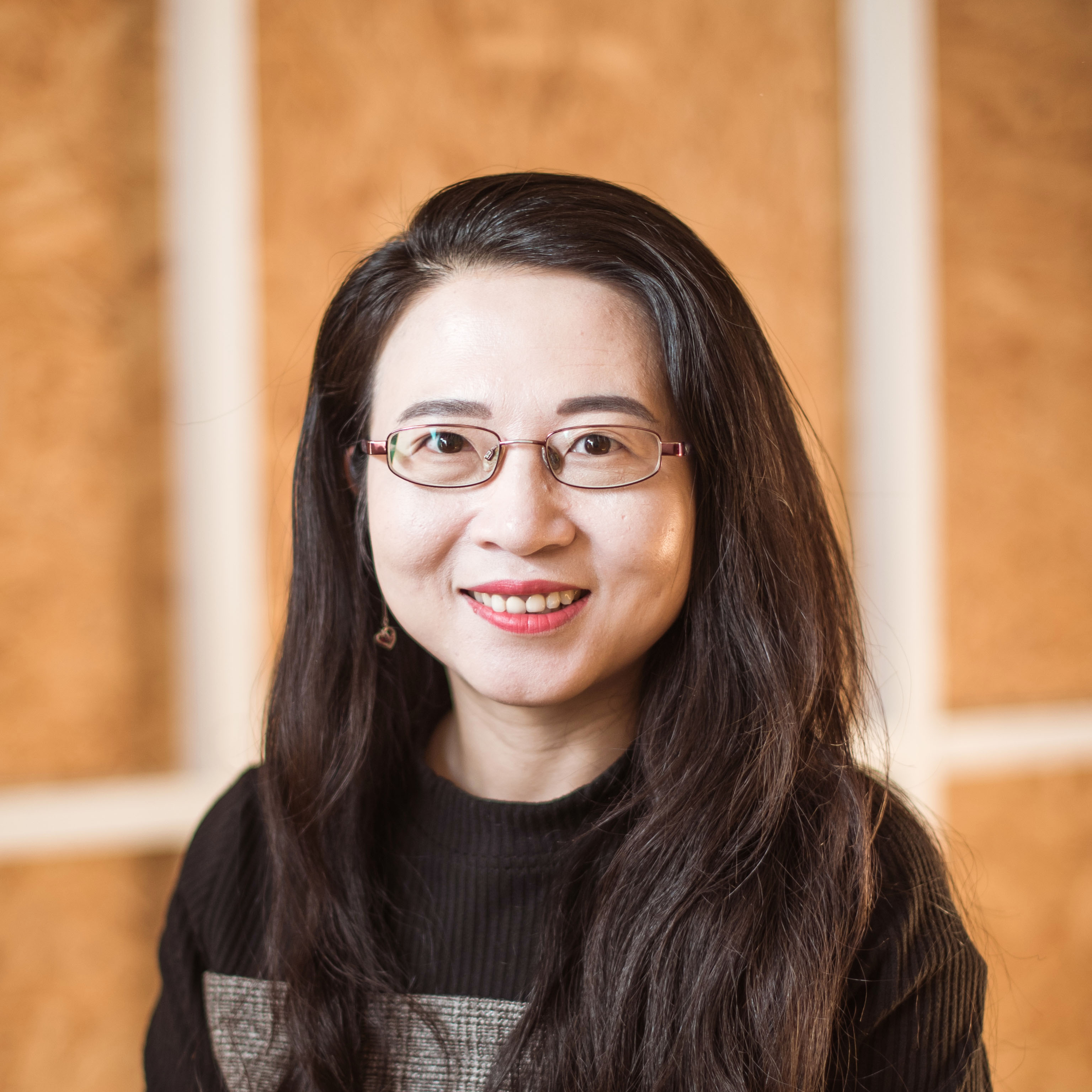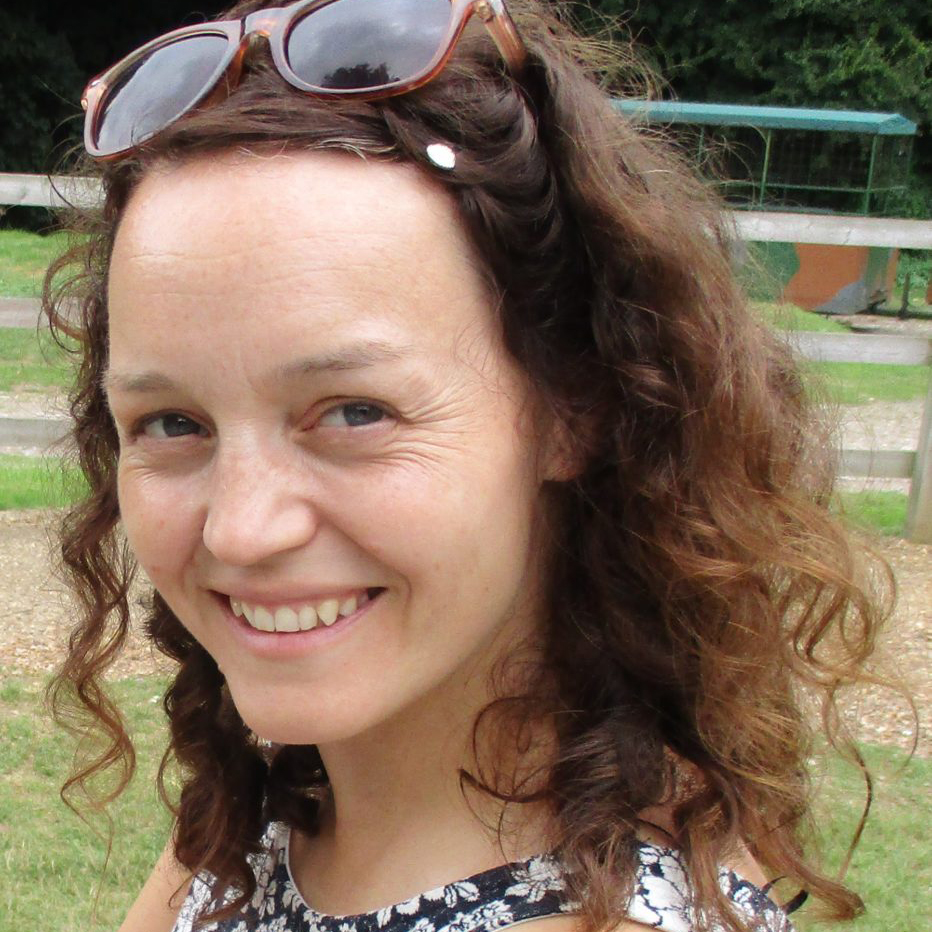PhD in Machine Learning and Computer Vision, Aalto University, Finland (2015)
| Head of Computer Vision | |
|---|---|
| Latent Logic | |
Year entered into a non-academic position: 2017
Job highlight: Pushing the boundaries of artificial intelligence with a team of dedicated and talented colleagues.
My research training set me up to… be able to understand, follow and be at the forefront in one of the most challenging and novel fields of computer science.
What’s your background?
I completed my undergraduate degree in China, in precision instrument design – a mixture of mechanics, electronics, optics and computer science. Next, I pursued a Masters in Space Science, Technology and Robotics in Sweden and Finland, before reading for a PhD in Finland with a strong focus on computer vision.
Why did you move away from academia?
Having spent many years in pure research through my masters, DPhil, and postdoc, I wanted a shift of focus towards more real-world applications. I especially chose Latent Logic because, while there is a strong focus on solving practical problems, the work is still at the bleeding edge of AI.
Is there anything you miss about academia?
The relative lack/looseness of deliverables (compared to industry), which allows for more creativity, risk taking and freedom of thought.
How did you get this job?
I was working as postdoc in Visual Geometry Group at Oxford, when Shimon, Chief Scientist at Latent Logic, approached me on getting some advice on the topics of human recognition and tracking. That was when I met Joao [our CTO] and found out about Latent Logic. Later on they were looking for someone to lead the Computer Vision side of the company, and I decided to pursue a full time position.
Did you think you had the skills required for your current position before you started? Were you right?
I was a post-doctoral research fellow in one of the world’s leading computer vision research labs, so I was very much confident in my technical skills.
Research and academia use the same development environments, require the same mathematical background, attend the same conferences, etc. Therefore, both my PhD and post-doctoral research skills were fully transferable to the industrial environment.
How did your PhD prepare you for your current job? For example, what were the transferable skills that you developed during your PhD that are most relevant to your current job?
Computer vision research can be surprisingly close to industry. It is possible, if working on the right problem, to push a paper into a product with millions of users within the short span of a few months. Research and academia use the same development environments, require the same mathematical background, attend the same conferences, etc. Therefore, both my PhD and post-doctoral research skills were fully transferable to the industrial environment.
What are your favourite parts of your job?
The focus on robustness and corner cases. Academia generally produces prototypes that focus on the most common cases, and often in the scope of datasets that have limited data. The output of our work in industry must be as close to correct as possible in *all* cases in the real world, including the ones that would be often dismissed when writing a paper or aiming to beat a benchmark.
Do you have any advice for current graduate students and postdocs considering a career outside of academia?
Try to focus, or at least keep yourself up to date with the problems that industry is trying to solve.
 At Latent Logic, we use state-of-the-art Machine Learning techniques to help make machines more compatible with humans. Our initial focus is on Autonomous Vehicles and how to ensure that they will safely interact with human road users in the real world. To do this, we develop autonomous ‘virtual humans’ to populate the simulation environments in which Autonomous Vehicles are tested before driving on the road. We use advanced Machine Learning techniques to learn policies that re-create realistic human behaviours from demonstrations extracted from video footage of traffic situations. These policies then control virtual drivers, cyclists, and pedestrians, creating a realistic human environment in simulation, so that the vehicle being tested experiences situations close to those it will face in the real world.
At Latent Logic, we use state-of-the-art Machine Learning techniques to help make machines more compatible with humans. Our initial focus is on Autonomous Vehicles and how to ensure that they will safely interact with human road users in the real world. To do this, we develop autonomous ‘virtual humans’ to populate the simulation environments in which Autonomous Vehicles are tested before driving on the road. We use advanced Machine Learning techniques to learn policies that re-create realistic human behaviours from demonstrations extracted from video footage of traffic situations. These policies then control virtual drivers, cyclists, and pedestrians, creating a realistic human environment in simulation, so that the vehicle being tested experiences situations close to those it will face in the real world.
We have a diverse team and are based in central Oxford and have great links to the University and take a research-centred approach to making technical progress.





